Recognizing and celebrating Native American Heritage Month
The month of November is dedicated to celebrating the diverse cultures and traditions of Native American communities.
In addition to celebration, this month is also meant to educate other people about Native American history and to recognize the struggles that various tribes have had to endure for generations. November was first recognized as Native American Heritage Month in 1990 by President George H.W. Bush as part of a joint resolution.
“Now, therefore, I, George Bush, President of the United States of America, do hereby proclaim November 1990 as National American Indian Heritage Month. I encourage all Americans and their elected representatives at the Federal, State, and local levels to observe this month with appropriate programs, ceremonies, and activities,” Bush said.
An early advocate of this concept was Arthur C. Parker, the director of the Museum of Arts and Science in Rochester, New York, who was of Seneca heritage on his father’s side. He persuaded the Boy Scouts of America to set aside a day for the “First Americans,” which was adopted annually for three years.
In 1915, the annual Congress of the American Indian Association met in Lawrence, Kansas, and formally approved a plan concerning American Indian Day. It directed its president, Rev. Sherman Coolidge, who was Arapaho, to call upon the country to observe such a day. Coolidge issued a proclamation on Sept. 28, 1915, which declared the second Saturday of each May as an American Indian Day and contained the first formal appeal for recognition of Indians as citizens.
The first state to implement a day of celebrating Native Americans was New York on the second Saturday of May in 1916.
The significant number of people that are unaware of the histories, traditions and impact many indigenous tribes have had on this country is the reason this month is needed. Education about indigenous tribes can help foster respect and understanding of the struggles that still plague their communities to this day, such as poverty on reservations.
People from various tribes are able to have a platform and provide stories that have been ignored for several decades. The importance of doing the work to educate oneself on a group of people that have been misunderstood for hundreds of years shouldn’t be understated.
For more information on Native Americans and their cultural resources, click here.
Below are more links that are available to educate people on Native American culture and their stories.
——————————————————————-
https://www.nps.gov/subjects/tellingallamericansstories/indigenousheritage.htm
Your donation will support The Lion's Roar student journalists at Southeastern Louisiana University.
In addition, your contribution will allow us to cover our annual website hosting costs.
No gift is too small.
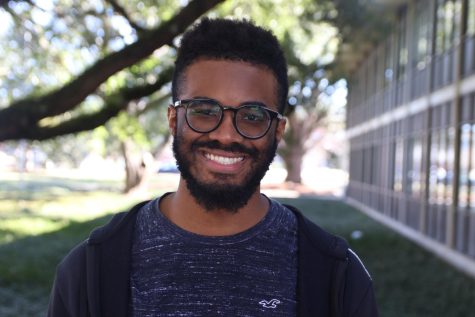
Ian Stewart is a creative writing major and serves as the opinions editor. He has worked on the newspaper staff since the Fall of 2021. Ian is a native...
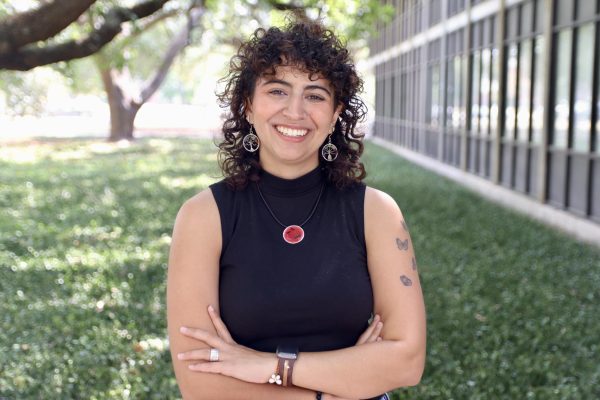
Chloe Williams is an English major with a concentration in creative writing and minors in communication and theater. She hopes to become a newspaper...


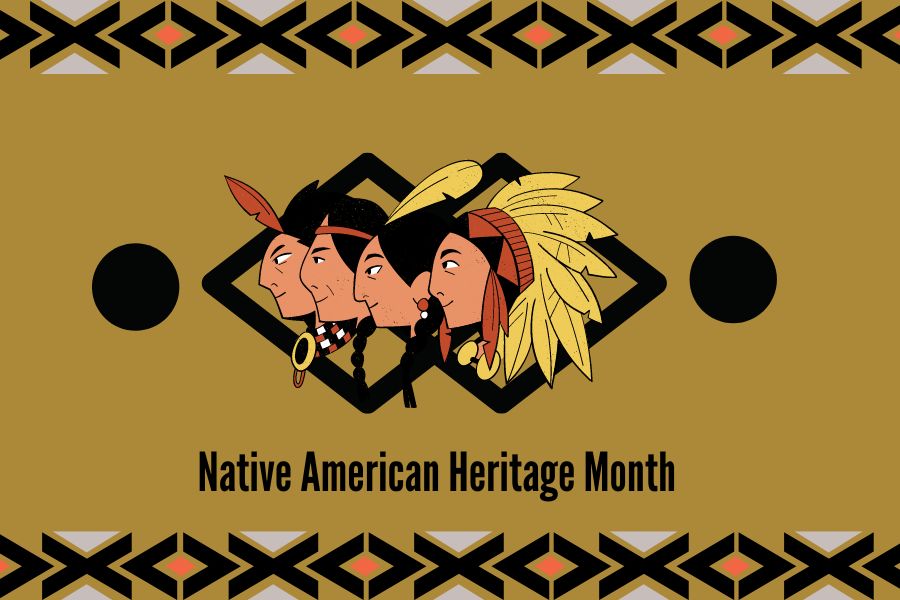

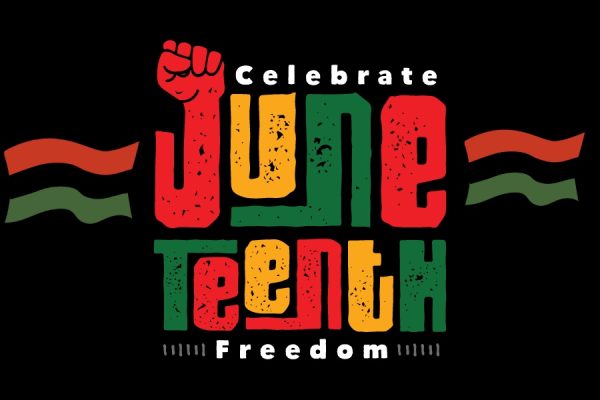
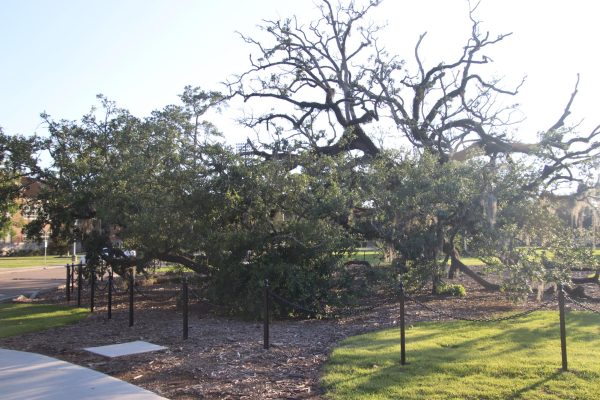

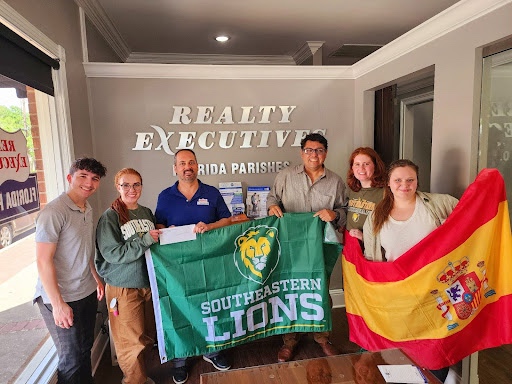
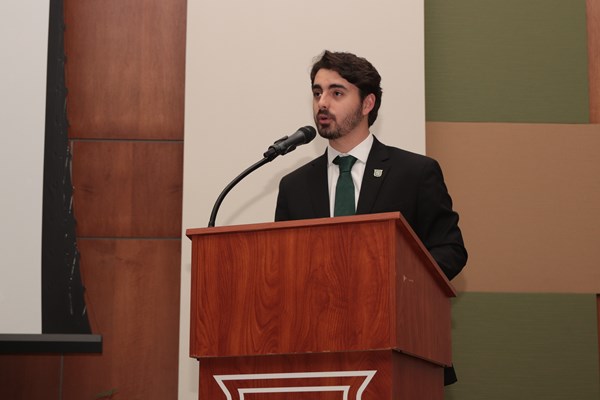
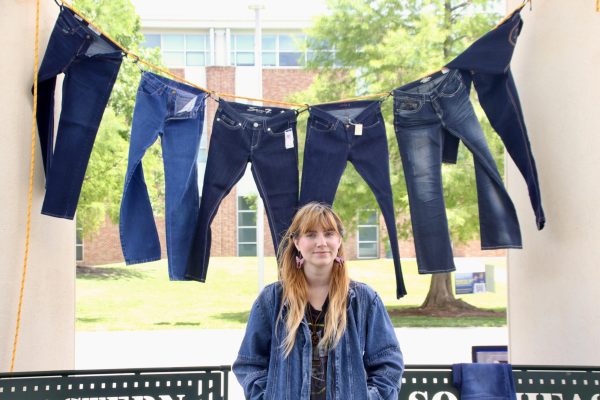
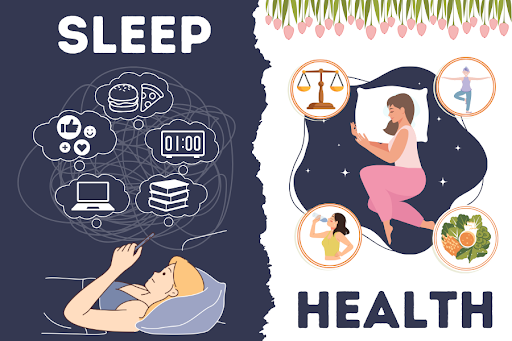

Ingrid Stewart • Nov 29, 2022 at 7:21 pm
Great story!